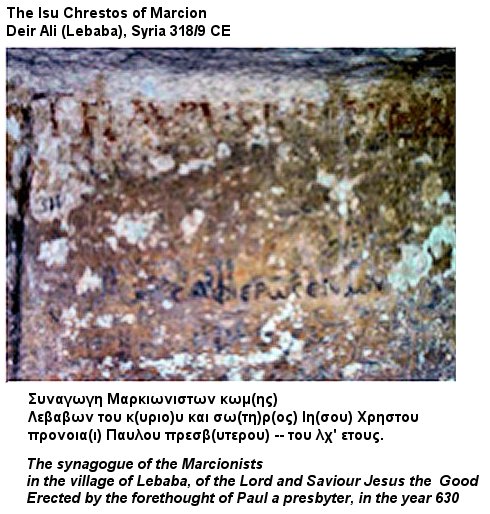 A sample of what appears in the Real Messiah order it here
A sample of what appears in the Real Messiah order it hereFor the Greek-Orthodox St. Mark is the "Apostolos Markos" or "o Evangelistis Markos".
For the first centuries AD and until the Arab conquest [Amr Ebn El Ass enters Alexandria in 641] there was a confusion not only with the many heresies [The Copts are Monophisists thus recognising only one nature of the Christ] but in the language. Greek was the official language of the State and of the Church but the Copts used Greek letters to express their own language. They had a poor command of Greek and the result of their inscriptions is a pot-pouri of illiterate Greek and Copt .
I will check with some Copts I know what the meaning of "Marcos pi theorimos" is.
I must say that today's Copts use Arabic and have a confused knowledge of their mother language that is derived from Ancient Egyptian Demotic.
While working at the CEA Library, today, I looked through the voyages relations and it is Arculf [Arculfus] a French Bishop who first visited Alexandria in circa 670 and describes, briefly the city. He says:
"The persons who arrive from the side of Egypt [the East] and enter Alexandria encounter at the exit of the City, neighbouring the northern boundaries, a church of huge dimensions, in which lies buried the body of St. Mark the Evangelist. His tomb is shown in the Eastern part of this church".
I will revert when I will visit the new Coptic church of the Cemeteries that stand on what is a martyrium.




























